Tars

I was playing a bit with Tars, and let me tell you, it’s like assembling a conversational Lego set — fun, intuitive, but you might fumble a few pieces at first. The drag-and-drop builder is a breeze, letting me whip up a lead-gen chatbot in under an hour. I picked a template for e-commerce, customized it to ask for customer preferences, and linked it to a Google Sheet to capture responses. The process felt like sketching a flowchart that talks back. I was genuinely surprised by how polished the bot looked on my test site, guiding users with a friendly nudge rather than a clunky form.
Tars shines with its flexibility. The Gambit system, where you design conversation branches, is like scripting a choose-your-own-adventure story. I loved how I could add a star-rating input to gather feedback without coding. The platform’s integration with Zapier meant I could pipe data to my CRM with a few clicks, which is a lifesaver for streamlining workflows. Compared to Landbot, which has a sleek interface but fewer templates, Tars feels more robust for businesses needing scale. The AI Agent Marketplace was a delightful find — imagine grabbing a pre-made agent for LinkedIn profile analysis or invoice automation. It’s like finding a bonus level in a game.
But it’s not all smooth sailing. I hit a snag trying to customize a complex flow — rearranging Gambits took some trial and error, and I wished for a more detailed tutorial. Pricing, while not outrageous, feels geared toward bigger players, which might sting for startups. Unlike Botpress, which leans heavily into open-source customization, Tars keeps things proprietary, so you’re locked into their ecosystem. Still, the analytics dashboard gave me clear insights into user drop-off points, which helped me tweak my bot for better engagement.
The support team was a pleasant surprise. I fired off a question about WhatsApp integration, and they responded within hours with actionable tips. If you’re dipping your toes in, start with a simple bot, test it on a single channel, and use the analytics to refine it. Don’t overcomplicate your first flow — keep it tight and build from there.
Video Overview ▶️
What are the key features? ⭐
- Drag-and-Drop Builder: Create custom chatbot flows without coding.
- Template Library: Access over 2,000 pre-built templates for various industries.
- Gambit System: Design conversational branches for dynamic user interactions.
- Integrations: Connect with tools like Google Sheets, Zapier, and Slack.
- AI Agent Marketplace: Use pre-built agents for tasks like LinkedIn automation.
Who is it for? 🤔
Examples of what you can use it for 💭
- Marketing Manager: Uses Tars to create a lead-gen chatbot for capturing prospect details on a website.
- Customer Support Lead: Deploys a Tars bot to handle common inquiries, reducing call volume.
- E-commerce Owner: Implements a Tars agent to recommend products based on user preferences.
- HR Manager: Builds a Tars bot to guide employees through policy compliance questions.
- Sales Team Leader: Automates LinkedIn content creation with a Tars AI agent for prospect outreach.
Pros & Cons ⚖️
- Easy no-code builder
- Extensive template library
- Multi-channel support
- Learning curve for complex flows
- Proprietary platform limits
FAQs 💬
Related tools ↙️
-
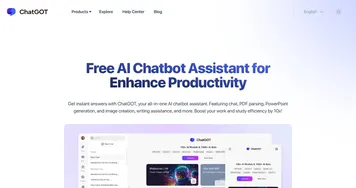 ChatGOT
An AI-powered, personal assistant that helps with writing, creating presentations and images
ChatGOT
An AI-powered, personal assistant that helps with writing, creating presentations and images
-
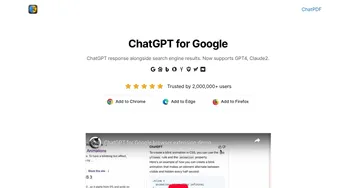 ChatGPT for Google
Browser extension that enhance search engines with the power of ChatGPT
ChatGPT for Google
Browser extension that enhance search engines with the power of ChatGPT
-
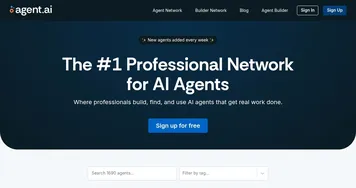 Agent.ai
A professional network and marketplace that connects users with different AI agents
Agent.ai
A professional network and marketplace that connects users with different AI agents
-
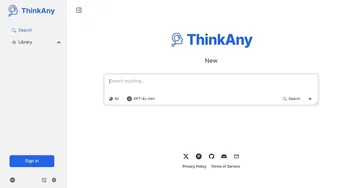 ThinkAny
Delivers precise answers using AI-driven search and interactive chat
ThinkAny
Delivers precise answers using AI-driven search and interactive chat
-
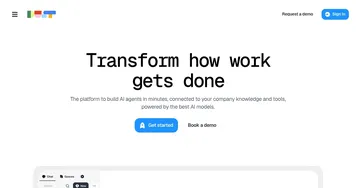 Dust
An AI platform that helps businesses build custom AI assistants connected to their company data
Dust
An AI platform that helps businesses build custom AI assistants connected to their company data
-
 Call Annie
Your always-available super-intelligent AI friend accessible from a mobile app
Call Annie
Your always-available super-intelligent AI friend accessible from a mobile app

